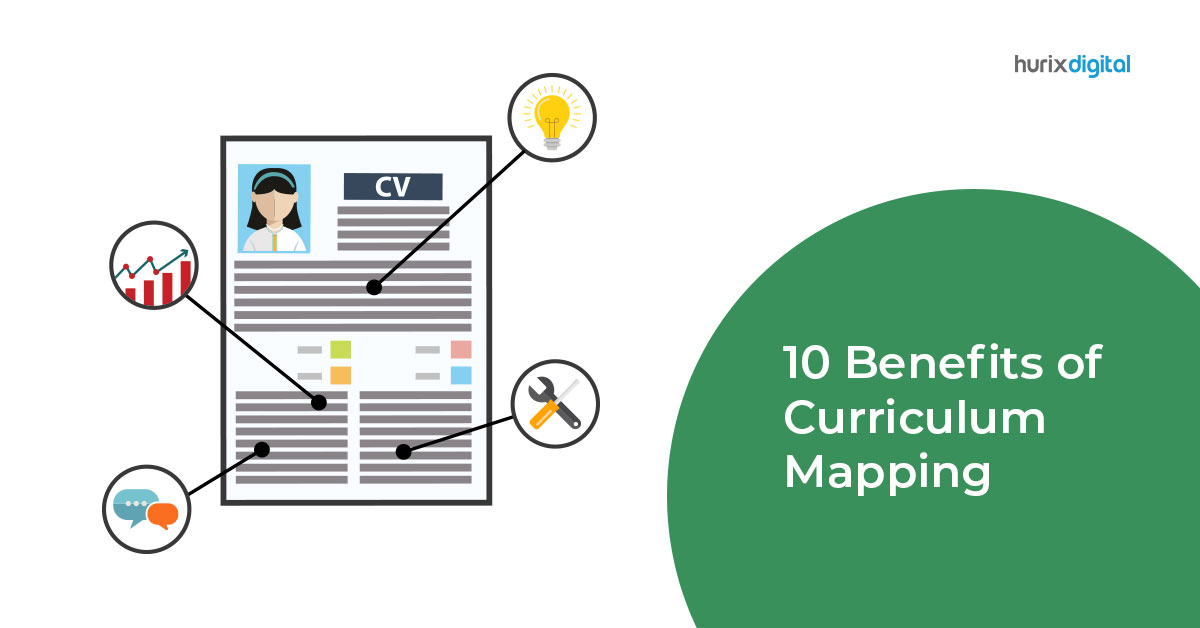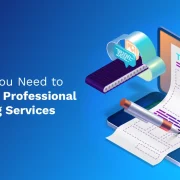
Explore the Top 10 Benefits of Curriculum Mapping
Summary
This article explores curriculum mapping, a tool that assists educators in organizing courses, enhancing student engagement, monitoring progress, sharing resources, reflecting on past lessons, and providing superior learning experiences. It details the mapping process and its advantages for teaching excellence.
For teaching to be effective and impactful, educators need to have a clear idea and visibility of where a course is going. Courses don’t simply comprise learning materials; they have several other resources, techniques, pedagogies, and methodologies that make them effective.
Teachers must ensure that the lessons are well-planned and engaging to boost the value delivered from each learning course to the students. A report that studied the scenario of K-12 education found that 92% of the teachers agreed that engagement was key.
Using curriculum mapping, teachers can improve student engagement and deliver the course more effectively.
Table of Contents:
- What is Curriculum Mapping?
- What is the Curriculum Mapping Process?
- What is the Importance of Curriculum Mapping?
- What is the Purpose of Curriculum Mapping?
- What are the 10 Benefits of Curriculum Mapping for Teachers?
- Wrapping Up
What is Curriculum Mapping?
Curriculum mapping is aligning all the aspects, resources, and education techniques into a program to enable efficient delivery, better engagement, and higher value from a course.
The cornerstone of curriculum mapping is the process of blueprinting every detail of a course, including educational reforms, philosophies, pedagogies, instruction, assessments, and the activities involved.
It may sound like creating a highly detailed lesson plan; however, there are key differences between the two that set them apart. While a lesson plan outlines the subject matter of a course, a curriculum map provides a more in-depth perspective, including goals and objectives.
What is the Curriculum Mapping Process?
The curriculum mapping process comprises five major steps to ensure that the education program is aligned properly with the curriculum:
- Decide Program Goals: In this step, the educators must identify goals specific to the course that is being mapped. It helps to keep the curriculum on track.
- Decide Course Objectives: Course objectives are the milestones or achievements you aim for your students to complete by the end of the curriculum. These need to be aligned with the goals.
- Gather Instructional Support Materials: These are the resources that will aid the students in achieving course objectives.
- Plan Formative Course Assessment: These are the materials and activities that help students self-assess their progress.
- Plan Summative Course Assessment: These are more formal assessments designed to measure student progress through a curriculum.
What is the Importance of Curriculum Mapping?
The importance of curriculum mapping is reflected in the fact that the better a curriculum is delivered to the learners, the better prepared they are for the future. It enables a program to be coherent, well-organized, timely, and intentional.
It helps teachers deal with common course problems like information misalignment, locating lesson delivery bottlenecks, and improving lesson timing. Educators can plan the delivery of concepts, materials, activities, assessments, and other aspects of the course at the right time to help with retention and understanding.
Curriculum mapping also ensures that the methods used for teaching are advanced and resonate with the learners’ preferred modes of consuming content.
What is the Purpose of Curriculum Mapping?
The purpose behind curriculum mapping for educators is to standardize their courses according to national or international standards. This enables them to deliver the lessons better and in a more organized way.
Curriculum mapping is like a tool in instruction that enables educators to inform their future education strategy for a course, to compare their courses with others, and to achieve better organization and output from their curriculum.
It helps the teachers to understand where they can reinforce learning in the curriculum and where it can be eased up a little to allow room for creativity or improvisations.
What are the 10 Benefits of Curriculum Mapping for Teachers?
There are ten major benefits of curriculum mapping for teachers:
1. Improved collaboration
A curriculum map helps establish a communication bridge between teachers and students. The teacher can holistically gauge student progress before moving on to the next course modules. Teachers can compare their respective course progress when the curriculum is mapped.
2. Simplified resource sharing
A well-mapped curriculum helps educators refer to each other’s curriculums to pinpoint the right resources to share with students. Resource selection is made easier, and teachers save time searching for activities, media, books, etc., relevant to the course by enabling resource sharing.
3. Benchmarks the course delivery
Curriculum mapping is pivotal in helping educators achieve a standardized flow of the course. It establishes familiarity with the curriculum with the students and enables teachers to better align their materials with a variety of certified methods and pedagogies. It helps make the course more efficient.
4. Improves student engagement
A well-delivered course keeps students engaged throughout. By ensuring that teachers don’t begin new concepts without prior familiarity and removing redundancies, the subject matter remains interesting for students. Combined with advanced delivery methods, teachers can significantly improve engagement.
5. Brings organization to a course
Mapping a curriculum is like creating a roadmap of the entire course, complete with directions, logistical details, and travel information. It organizes the course delivery down to the last detail and helps teachers save precious time searching for materials, technologies, activities, etc., in the last moments.
6. Helps gauge student progress
The assessment modules in curriculum mapping help the teachers lay down the parameters and concepts that need special attention for assessment even before the course starts. It helps emphasize areas where more time needs to be dedicated to assisting students to progress better.
7. It is a reflective practice tool
Year after year, as teachers refine their curriculum mapping, they learn from past mistakes and reinforce the methods that deliver exceptional results. It helps them see how a curriculum needs to be designed to be effective, engaging, and efficient. Reflection on past curriculums also enables the teachers to align their courses to student expectations better.
8. Delivers a better learning experience
Curriculum mapping helps teachers highlight the ideal lesson delivery methods – like interactive, digital, or in-person – for specific concepts or modules in the course. It enables a better learning experience when concepts are easy to understand, and the course is aligned with student expectations.
9. It defines an educator’s standards
A good curriculum map enables teachers to deliver exceptional learning experiences and courses to students. This helps them create their own identity in the niche, helping them propagate good pedagogies and education practices to the masses.
10. It helps create a resource library
Many curriculum mapping platforms are digital and allow teachers to create resource libraries where they can store materials. This library can be shared with learners or other educators and accessed quickly from any device, allowing teachers to refer to the material while delivering a lesson.
Wrapping Up
A good course can be made more effective by aligning it with a curriculum that ensures it is delivered at the right time and in the right way. As an educator, curriculum mapping can help you enhance your teaching by making it more organized, effective, and engaging.
HurixDigital can help you with K-12 curriculum solutions that empower your mapping and methodologies. Visit the website to know more.
Also Read – The Importance of Curriculum Planning for Effective Learning

Senior Vice President – Business Development
at Hurix Digital, with over 25 years of experience in EdTech and workforce learning. He excels in business development, customer relationship management, and scaling digital learning solutions, driving global growth through innovative content, simulations, and AI‑driven training offerings





